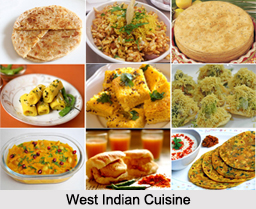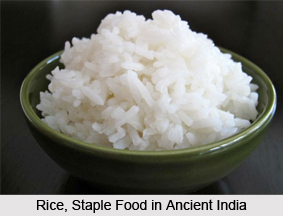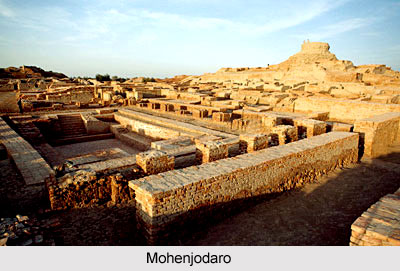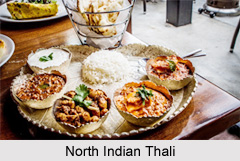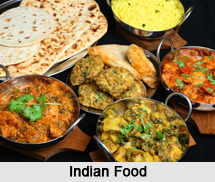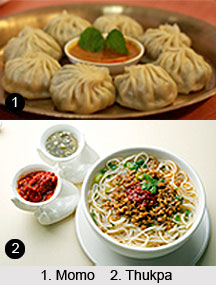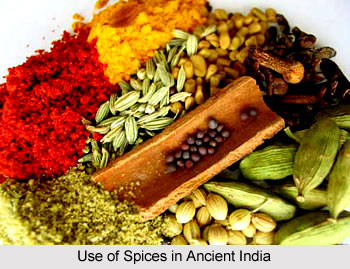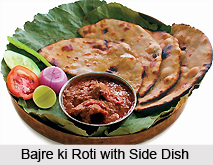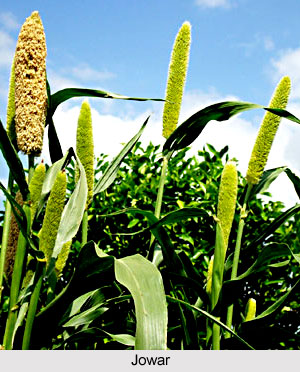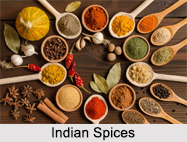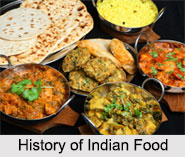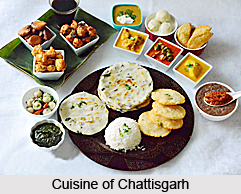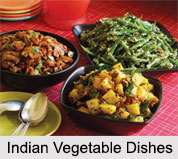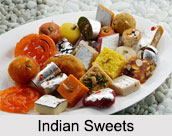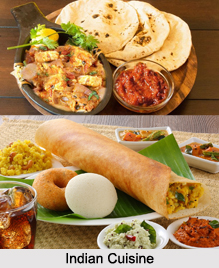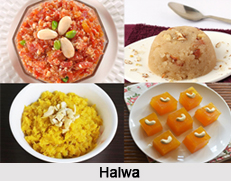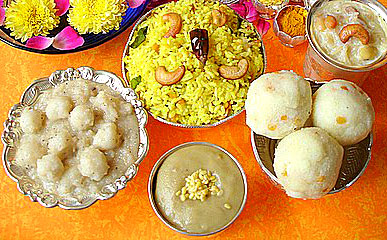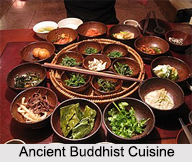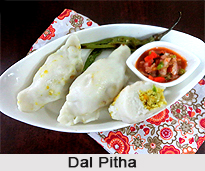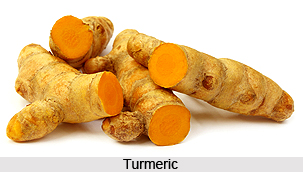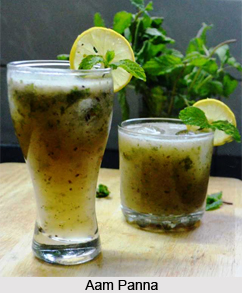 Aam Panna is an Indian drink renowned for its heat resistant properties. It is made from green mangoes and is consumed as a tasty and healthy beverage to fight against the intense Indian summer heat. It is a great remedy for heat stroke and dehydration. It is packed with vitamins too.
Aam Panna is an Indian drink renowned for its heat resistant properties. It is made from green mangoes and is consumed as a tasty and healthy beverage to fight against the intense Indian summer heat. It is a great remedy for heat stroke and dehydration. It is packed with vitamins too.
Aam Panna, which is prepared using raw mangoes, sugar and an assortment of spices, quenches thirst and prevents the excessive loss of sodium chloride and iron during summer due to excessive sweating. The drink is mainly consumed in north India and is considered beneficial in the treatment of gastrointestinal disorders. Green mango is a rich source of pectin, which gradually diminishes after the formation of the stone. It is also a good source of vitamin B1 and B2, Niacin and vitamin C. In Indian culture, it is regarded as a tonic believed to increase resistance against tuberculosis, anaemia, cholera and dysentery.
Ingredients for Aam Panna:
•Green Raw Mangoes - 3 medium size
•Sugar - 1 cup
•Roasted Cumin Powder - 1 tbsp
•Black Pepper Powder - 1 tsp
•Black Salt to taste
•Salt to taste
•Water - 2 cup
•Mint Leaves - 1 tbsp
•Ice crushed
Method for Aam Panna:
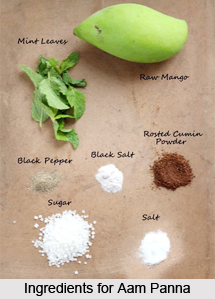
•Place the mangoes along with water in a sauce-pan and bring to a boil. Simmer for 10 minutes.
•Or roast the mango directly on slow-medium stove heat.
•Alternately pressure cook the mangoes with water till soft.
•Let them cool and then peel the mangoes and get the pulp with the help of a spoon.
•Grind mango pulp along with water to a smooth paste.
•Let the mango cool completely.
•Then peel the skin off. Skin will come out very easily.
•Roughly chop it. Most of the part will be very soft and pulpy.
•Take it to the blender with roasted cumin powder, black salt, black pepper powder and salt.
•Add sugar.
•Blend it to a smooth puree.
•Take about 2 tbsp of pulp to the glass.
•Add couple of ice cubes.
•Pour chilled water, stir it.
•Garnish with some roasted cumin powder, mint leaves and serve immediately.
Notes for Aam Panna:
1. One can use jaggery instead of sugar.
2. This mixture can stay in refrigerator for upto a week.
Related Articles:
Mango
Cumin
Mint
Indian Beverages
Black Pepper
Ayurvedic diet for Summer
